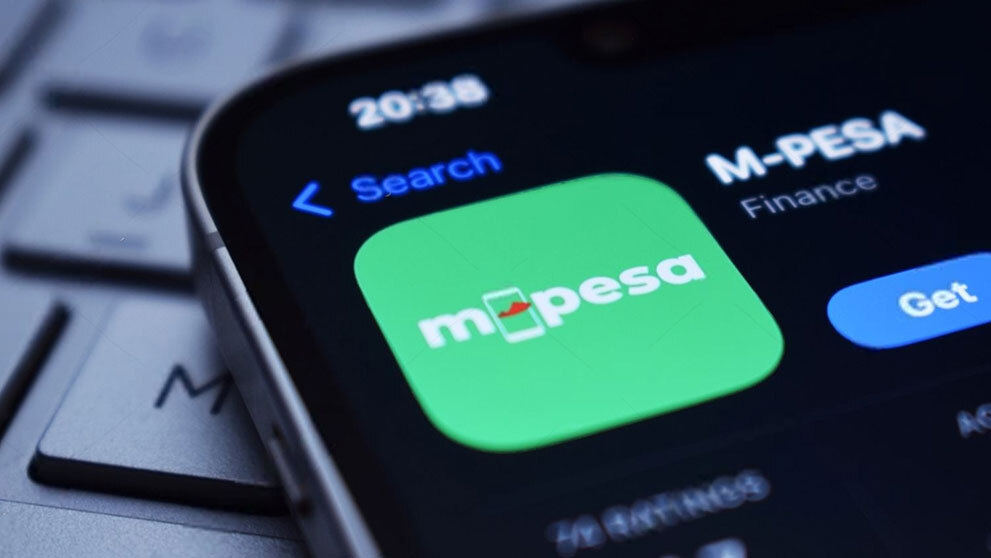Kenya stands at the forefront of Africa's digital payment transformation. Since the launch of M-Pesa in 2007, the country has cultivated a sophisticated digital payment ecosystem poised to propel Africa’s market to a staggering $1.5 trillion by 2030. This evolution presents tremendous opportunities for Kenyan entrepreneurs to expand their businesses, enhance customer outreach, and optimize financial management.
Understanding Kenya's Digital Payment Landscape
In 2024, mobile money agents in Kenya facilitated transactions worth KES 8.7 trillion (approximately $67.3 billion), accounting for an impressive 53% of the nation’s GDP. This represents a 9.4% increase from the previous year. M-Pesa continues to dominate the scene with a commanding 92.3% market share, while mobile wallet payments are projected to grow by 5.7% in 2024.
The introduction of the Kenya Quick Response Code (KE-QR Code) Standard in 2023 has streamlined interoperability among various banks and mobile money platforms, simplifying transactions for both businesses and consumers. Key elements of Kenya's digital payment ecosystem include mobile money services, bank-led digital payments, fintech innovations, cross-border payment solutions, and government initiatives promoting digital transactions.

Empowering SMEs with Digital Solutions
According to Mastercard's SME Confidence Index, an impressive 91% of Kenyan small and medium enterprises (SMEs) are already utilizing digital payment solutions, with 97% planning to enhance their offerings in the future. Security remains a top priority, with 70% of SMEs investing in cybersecurity measures.
Digital payments are breaking geographic barriers, allowing businesses to serve customers beyond their physical locations. The data generated from these transactions offers invaluable insights into financial management, including real-time cash flow tracking, efficient inventory management, access to credit, and improved fraud detection. Moreover, the digital ecosystem fosters innovative business models like subscription services, pay-as-you-go schemes, direct-to-consumer digital products, and micropayment systems.
Strategic Steps for Business Growth
Diversify Payment Options
While M-Pesa is a leading player, offering a variety of payment methods caters to diverse customer preferences. Consider integrating card payments, bank transfers, QR code payments, international payment gateways, and buy-now-pay-later schemes.Invest in Payment Security
With 70% of SMEs focusing on cybersecurity, safeguarding customer data and preventing fraud are critical. Implement multi-factor authentication, regularly update security protocols, ensure compliance with relevant regulations, and educate your staff on security best practices.Integrate with E-Commerce Platforms
A Visa report indicates that 68% of Kenyan SMEs accepting digital payments aim to boost their investment in payment technologies. Establish a robust online presence by:Developing a mobile-responsive website with integrated payment options
Joining established marketplaces to reach new customers
Creating mobile applications for enhanced customer engagement
Leveraging social commerce opportunities
Leverage Data Analytics
The wealth of transaction data generated through digital payments provides powerful insights for business decision-making. Analyzing purchasing patterns, identifying peak transaction times, understanding customer demographics, and crafting targeted marketing campaigns can give your business a competitive edge.Explore Financial Inclusion Tools
Despite high mobile money adoption, many Kenyans remain underbanked. Progressive businesses can tap into this segment by offering agent banking services, digital credit options, layaway programs, and savings mechanisms tied to purchases.
Investment Drivers
Visa research reveals that Kenyan businesses are primarily motivated to invest in payment technologies for convenience (40%), cost savings (38%), and improved efficiency (37%). While challenges such as transaction costs and technology implementation may arise, the long-term benefits significantly outweigh these temporary obstacles.

Emerging Trends to Keep an Eye On
Several key trends are set to shape the future of digital payments in Kenya:
Central Bank Digital Currency (CBDC): The Central Bank of Kenya is exploring the potential for a digital Kenyan Shilling, which could offer a government-backed currency with lower transaction costs.
Blockchain and Smart Contracts: Beyond cryptocurrencies, blockchain technology could facilitate secure, automated business agreements, reducing reliance on intermediaries.
Biometric Payments: The adoption of biometric authentication methods like fingerprint and facial recognition could revolutionize security and convenience in transactions.
Artificial Intelligence: AI-driven analytics can empower businesses to predict customer behavior, detect fraud, and personalize financial offerings based on transaction history.
Conclusion
The digital payment marketplace extends far beyond local transactions—it's a gateway to global commerce. Innovative Kenyan businesses are already leveraging this digital revolution to connect with international markets.
By establishing a DHL account, you gain access to essential shipping infrastructure, ensuring reliable delivery for products sold through your digital payment channels. Together, we can build a seamless connection between your business and the global marketplace, driving growth in this exciting digital economy.




































